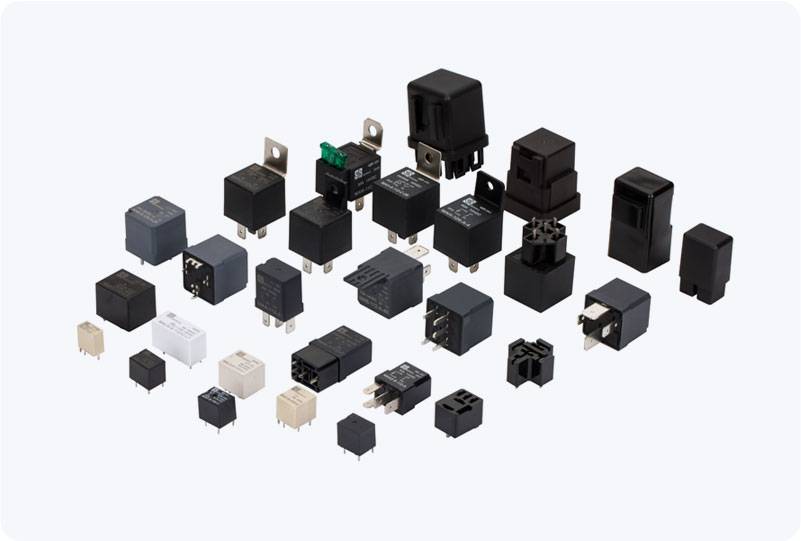understanding time delay relay: applications and functionality
Release time:2025-06-14 09:37:12
A Time Delay Relay (TDR) is an essential component in many industrial, commercial, and residential electrical systems. As the name suggests, this device is designed to delay the operation of an output based on a pre-determined time interval after it receives an input signal. Time delay relays are commonly used to control the timing of electrical equipment, ensuring that operations occur at the right moment to enhance performance, prevent damage, and maintain safety. In this article, we will explore the functionality, working principles, types, and applications of time delay relays.

What is a Time Delay Relay?
A Time Delay Relay is a type of relay that introduces a delay between the trigger input and the resulting output action. It essentially allows a control system to "wait" for a specific period before activating or deactivating an electrical circuit. This delay can be adjusted to suit the needs of the application, making TDRs a versatile and valuable component in many different sectors.
The time delay can be measured in milliseconds, seconds, minutes, or even hours, depending on the requirements of the system. This relay typically consists of a coil (electromagnetic component), a set of contacts, and a time delay mechanism that controls the delay before the relay either opens or closes the contacts.

